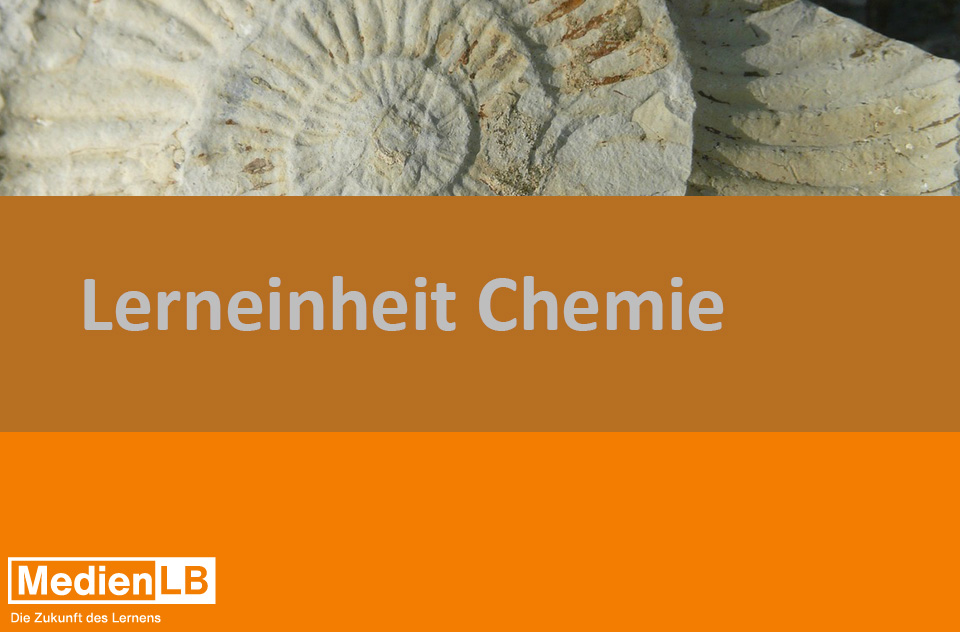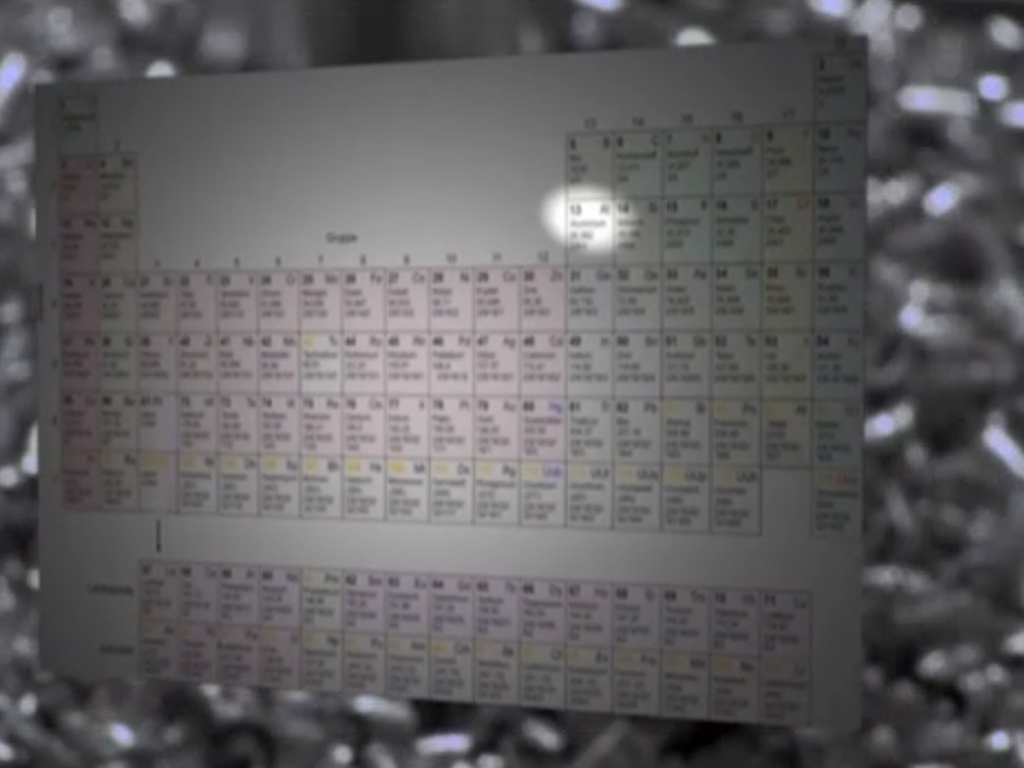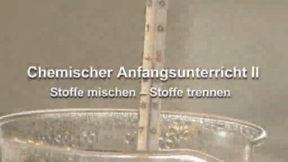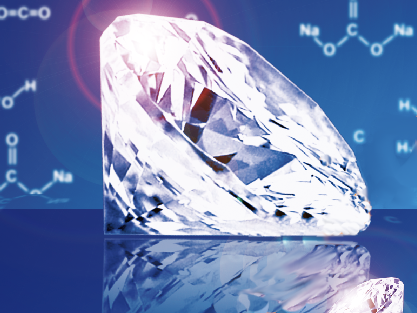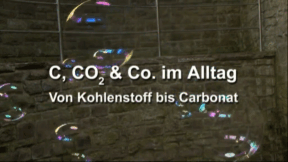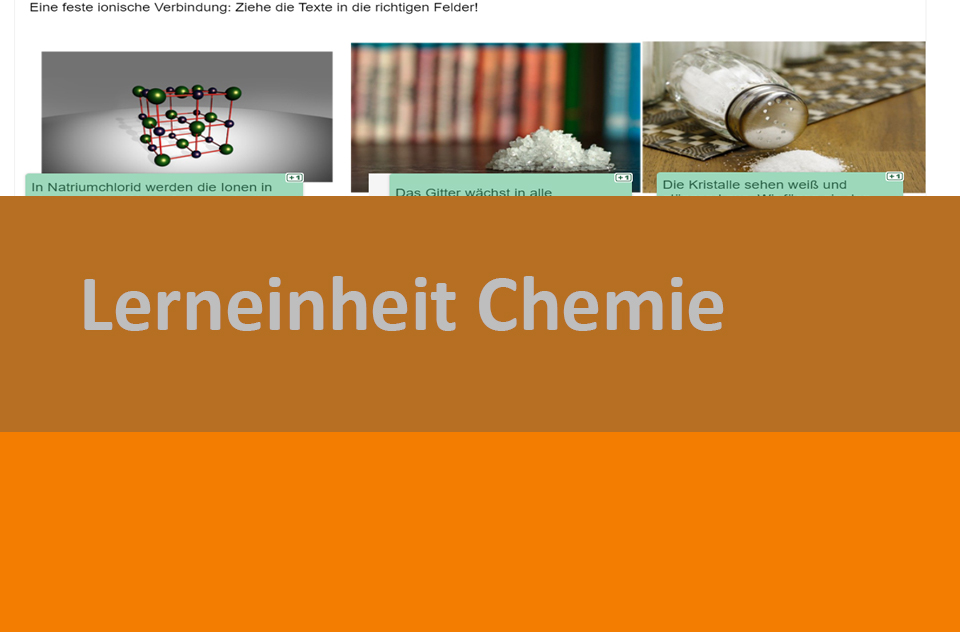
55502616
Vergleich von ionischen und kovalenten Verbindungen
In 11 interaktiven Aufgaben wird Wissen zu ionischen und kovalenten Verbindungen vermittelt und anschließend abgefragt.
Das Medium bietet H5P-Aufgaben an, die ohne zusätzliche Software verwendbar sind.
Durch interaktive Aufgabentypen wird das audiovisuelle und interaktive Lernen einfach.
Lernen macht jetzt Spaß!
Included Tasks
- I Ionische und kovalente Verbindungen - Lückentext
- II Eine feste ionische Verbindung - Interaktive Aufgaben
- III Eine feste molekulare kovalente Verbindung - Interaktive Aufgaben
- IV Eigenschaften - Gitterstruktur - Interaktive Aufgaben
- V Die Eigenschaften von ionischen Verbindungen - Interaktive Aufgaben
- VI Die Eigenschaften von kovalenten Verbindungen - Interaktive Aufgaben
- VII Eine Verbindung-Quiz - Interaktive Aufgaben
- VIII Kovalent oder ionisch? - Interaktive Aufgabe
- IX Löslichkeit in organischen Lösungsmitteln - Interaktive Aufgaben
- X Warum leiten feste ionische Verbindungen keinen Strom - Interaktive Aufgaben
- XI Kovalente Moleküle - Interaktive Aufgaben
Curriculum-centred and oriented towards educational standards
Matching
Lerneinheit Chemie 8 – Kalk
In unserem Arbeitsheft „Lerneinheit Chemie 8 – Kalk“ finden Sie 10 interaktive und didaktisch aufbereitete Aufgaben zum Thema Kalk.
Basics of Chemistry II
When we take a closer look at substances, we discover that they consist of either one single element or of mixtures of several elements. Chemists therefore divide the world of substances into pure and mixed chemical substances. A pure substance is of homogeneous composition. Substance mixtures, however, consist of two or more pure substances. The many mixtures are subdivided not only into homogeneous and heterogeneous mixtures but depending on the respective aggregate states of their components, are classified into various groups of mixtures.
C, CO2 and Associates in Everyday Life
All organic matter contains carbon. Coal is deposited in the Earth's interior. It developed about 300 million years ago from plants in a geological period which is also called Carboniferous. During the combustion of organic matter, carbon turns into the gas carbon dioxide. Dissolved in water, it becomes the so-called carbonic acid. Carbon dioxide is an incombustible, colourless and odourless gas that is easily dissolved in water. With various metal oxides or hydroxides it forms two types of salts: the carbonates and the hydrogen carbonates. As calcium carbonate it is contained in natural products such as chalk and egg shells. Specific forms of carbon, called modifications, are graphite and also the particularly valuable diamond.




